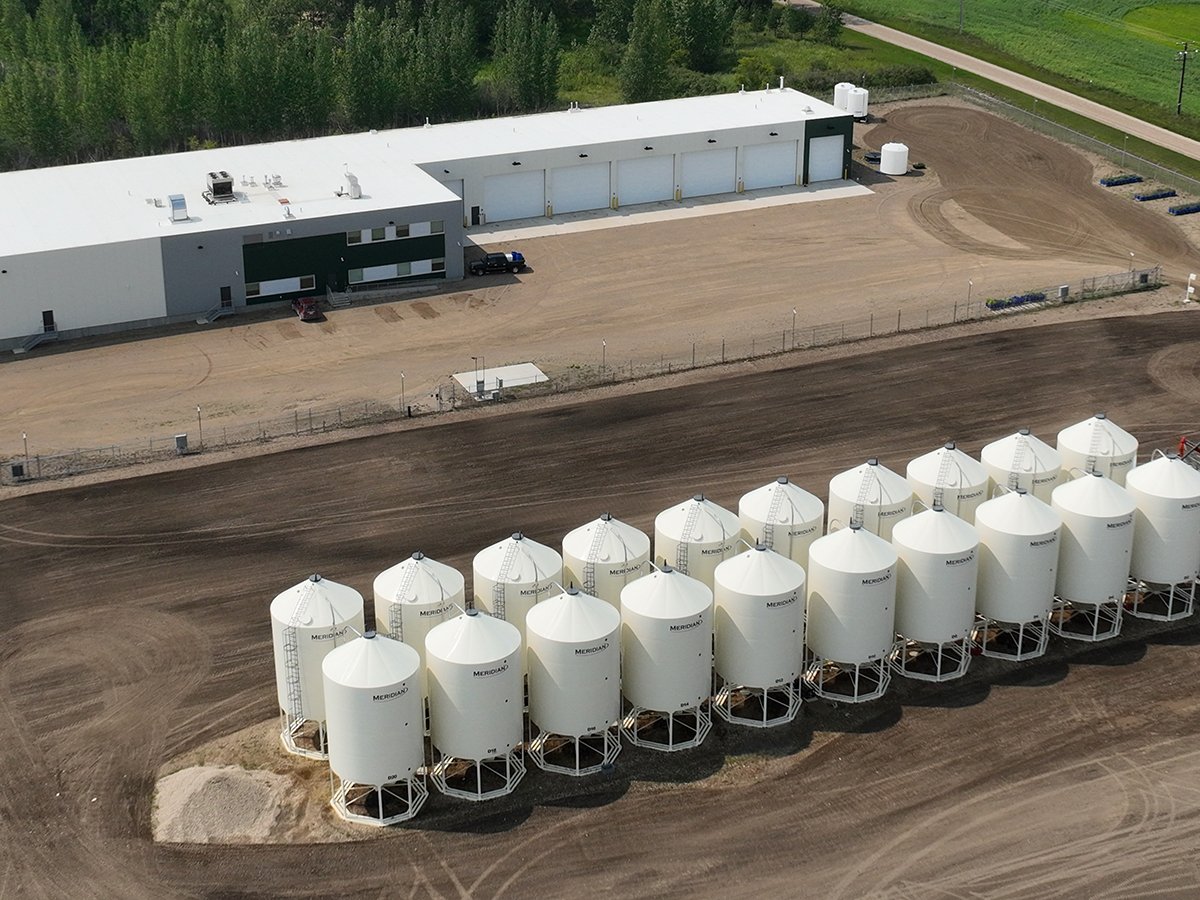A cattle levy, power line project and hog barn moratorium topped the list of controversial policies in the province
Manitoba’s NDP government has been in power since 1999, and many Manitobans, especially rural residents, have developed hardened opinions about the party.
Keystone Agricultural Producers has a solid working relationship with the provincial agriculture department, and agriculture minister Ron Kostyshyn is well liked within the farming community.
However, the NDP has introduced numerous laws and regulations over the last 16 years that angered Manitoba producers.
Farmers and rural residents will likely consider those policies, consciously or unconsciously, when they vote April 19 in the provincial election.
Read Also

Saskatchewan firm aims to fix soil with compost pellets
In his business, Humaterra, Leon Pratchler is helping farmers maximize yields in the weakest areas of their fields through the use of a compost pellet.
Picking a top three is difficult, but the following policies were, or still are, exceptionally unpopular with farmers.
1. Manitoba Cattle Enhancement Council
2006: The NDP government introduces a $2 levy on every head of cattle sold in the province. Manitoba taxpayers will match every checkoff with another $2. The funds go to the Manitoba Cattle Enhancement Council, which has a mandate of increasing beef slaughter capacity.
2009: The MCEC buys a former Maple Leaf Foods hog slaughter plant in Winnipeg with the intention of converting it into a 250 to 500 head per day cattle plant called Keystone Processors. The cost is $25 million and will soon balloon to $40 million.
The federal government commits $10 million and the MCEC $7.5 million. There are no private investors.
2011: Manitoba cattle producers are frustrated by no progress on Keystone Processors plant. The $2 levy becomes a running joke among cattle producers. Many call it the “Rosann tax,” referring to former Manitoba agriculture minister Rosann Wowchuk.
2011: The federal government pulls its $10 million commitment to the project, citing lack of a business plan.
2011: Manitoba Beef Producers passes a resolution asking the province to terminate the $2 levy.
2013: After seven years of checkoffs and no slaughter plant in Winnipeg, the provincial government ends the $2 levy and dissolves the MCEC. The collected funds are not returned to farmers or taxpayers.
2. Bipole III
2010: The province and Manitoba Hydro announce the route for Bipole III, a high voltage transmission line from northern Manitoba to Winnipeg. The line will cut across prime agricultural land in southern Manitoba. Rural landowners say the route makes no sense and that it should run east of Lake Winnipeg, which is a much shorter route.
2010: Farmers and others create the Bipole III Coalition to fight the project.
2011: Landowners protest Bipole III during the provincial election, saying the line threatens farm biosecurity and decreases productivity.
2012-13: Manitoba Hydro provides compensation to landowners for the power line right of way.
A group of 120 farmers do not co-operate. Instead, they want to negotiate as a group. The province and Manitoba Hydro refuse.
2014: Manitoba Hydro and the province expropriate land from the hold-out farmers.
2016: Bipole III remains controversial six years after the route announced.
Affected farmers hold another protest in late February.
3. War on phosphorus and the hog industry
2006: The Manitoba government blames the hog industry for excessive nutrients flowing into Lake Winnipeg. The province imposes a temporary moratorium on hog barn construction. Manitoba Pork Council chair Karl Kynoch says hog farmers are “convicted of being guilty” without a trial.
2008: The province makes the moratorium permanent in eastern Manitoba and introduces Bill 17 to enact the moratorium. Farmers line up at the provincial legislature to speak against Bill 17, calling it the ”anti-farm bill.”
2011: Premier Greg Selinger unveils a plan to “keep hog manure out of the lake.” The Save Lake Winnipeg Act bans new barn construction unless it has “advanced environmental technologies” such as anaerobic digesters. Hog producers and scientists say the policy is ridiculous because anaerobic digesters don’t remove phosphorus and cost $1 million.
2014: Maple Leaf Foods’ hog processing plant is operating below capacity because there aren’t enough hogs in Manitoba. The hog industry blames provincial regulations for the shortage because producers have stopped building barns.
2014: The pork council is frustrated by provincial rigidity. Kynoch says the government expects hog barns to have “zero impact” on the environment.
2015: The province backtracks on anaerobic digesters. Two cell lagoons can now be used to treat hog manure.
2016: Hog industry representatives say relaxed rules may finally encourage new barn construction. Only three or four hog barns were built in Manitoba from 2007-16.
robert.arnason@producer.com















